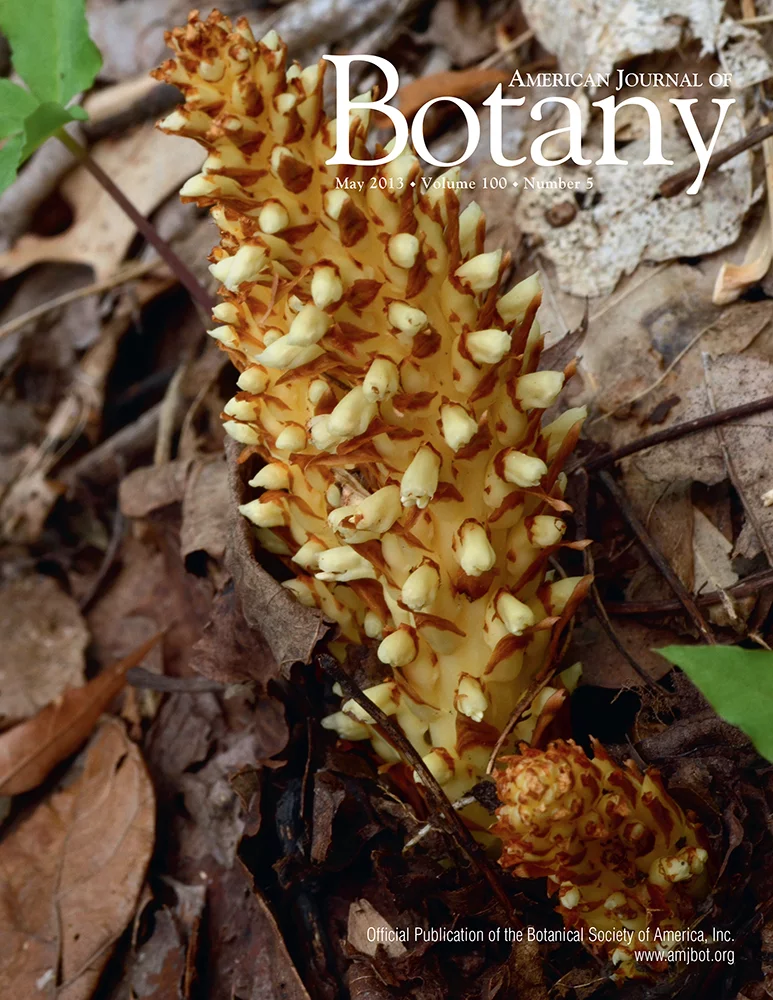Ver ítem
- xmlui.general.dspace_homeCentros Regionales y EEAsCentro Regional Mendoza - San JuanEEA La ConsultaArtículos científicosxmlui.ArtifactBrowser.ItemViewer.trail
- Inicio
- Centros Regionales y EEAs
- Centro Regional Mendoza - San Juan
- EEA La Consulta
- Artículos científicos
- Ver ítem
Genetic structure and domestication of carrot (Daucus carota subsp. sativus) (Apiaceae)
Resumen
• Premise of the study: Analyses of genetic structure and phylogenetic relationships illuminate the origin and domestication of modern crops. Despite being an important worldwide vegetable, the genetic structure and domestication of carrot (Daucus carota) is poorly understood. We provide the first such study using a large data set of molecular markers and accessions that are widely dispersed around the world.
• Methods: Sequencing data from the carrot
[ver mas...]
• Premise of the study: Analyses of genetic structure and phylogenetic relationships illuminate the origin and domestication of modern crops. Despite being an important worldwide vegetable, the genetic structure and domestication of carrot (Daucus carota) is poorly understood. We provide the first such study using a large data set of molecular markers and accessions that are widely dispersed around the world.
• Methods: Sequencing data from the carrot transcriptome were used to develop 4000 single nucleotide polymorphisms (SNPs). Eighty‐four genotypes, including a geographically well‐distributed subset of wild and cultivated carrots, were genotyped using the KASPar assay.
• Key results: Analysis of allelic diversity of SNP data revealed no reduction of genetic diversity in cultivated vs. wild accessions. Structure and phylogenetic analysis indicated a clear separation between wild and cultivated accessions as well as between eastern and western cultivated carrot. Among the wild carrots, those from Central Asia were genetically most similar to cultivated accessions. Furthermore, we found that wild carrots from North America were most closely related to European wild accessions.
• Conclusions: Comparing the genetic diversity of wild and cultivated accessions suggested the absence of a genetic bottleneck during carrot domestication. In conjunction with historical documents, our results suggest an origin of domesticated carrot in Central Asia. Wild carrots from North America were likely introduced as weeds with European colonization. These results provide answers to long‐debated questions of carrot evolution and domestication and inform germplasm curators and breeders on genetic substructure of carrot genetic resources.
[Cerrar]

Autor
Iorizzo, Massimo;
Senalik, Douglas A.;
Ellison, Shelby L.;
Grzebelus, Dariusz;
Cavagnaro, Pablo;
Allender, Charlotte;
Brunet, Johanne;
Spooner, David M.;
Deynze, Allen Van;
Simon, Philipp W.;
Fuente
American Journal of Botany 100 (5) : 930-938 (May 2013)
Fecha
2013-05
ISSN
0002-9122
1537-2197
1537-2197
Formato
pdf
Tipo de documento
artículo
Palabras Claves
Derechos de acceso
Restringido
 Excepto donde se diga explicitamente, este item se publica bajo la siguiente descripción: Creative Commons Attribution-NonCommercial-ShareAlike 2.5 Unported (CC BY-NC-SA 2.5)
Excepto donde se diga explicitamente, este item se publica bajo la siguiente descripción: Creative Commons Attribution-NonCommercial-ShareAlike 2.5 Unported (CC BY-NC-SA 2.5)

